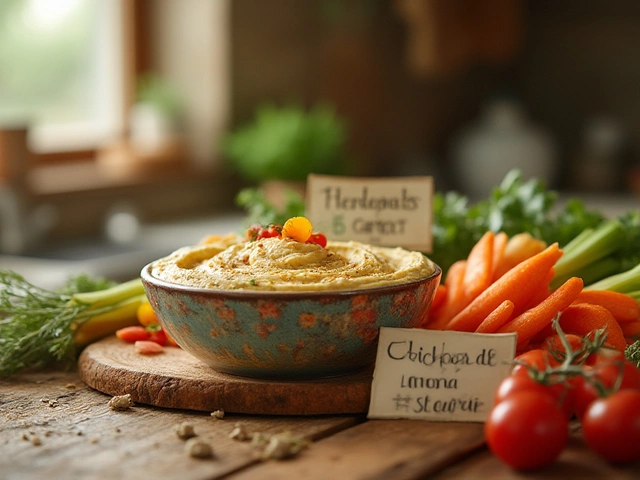Eggs and Gluten: What You Need to Know for Easy Baking
If you love baking but have to watch eggs or gluten, you’re not alone. Whether you’re dealing with an allergy, a diet choice, or just a picky eater, the right tricks can keep your cakes, cookies, and brownies delicious. Below are the basics you need to start baking confidently without feeling stuck.
Why Eggs Matter and How to Replace Them
Eggs do three big jobs in a recipe: they bind ingredients, add moisture, and give lift. When you skip them, the texture can change fast. Simple swaps work well for most baked goods. Use 1 tblsp of mashed banana or unsweetened applesauce for one egg when you want extra moisture. For binding, try 1 tblsp of ground flaxseed mixed with 3 tblsp of water; let it sit a few minutes and it turns gel‑like. If you need leavening, ¼ cup of yogurt or silken tofu can give that rise in cakes and muffins.
Gluten Basics and Easy Gluten‑Free Options
Gluten gives dough stretch and structure. When you go gluten‑free, you lose that elasticity, but the right flour blend can fill the gap. A common mix is 1 part rice flour, 1 part potato starch, and 1 part tapioca starch. Add a pinch of xanthan gum (½ tsp per cup of flour) to mimic gluten’s chew. For quick breads and brownies, you can often swap straight to a store‑bought gluten‑free all‑purpose flour without extra steps.
Keep an eye on cross‑contamination. Use clean bowls, utensils, and a dedicated cutting board. Even a small amount of regular flour can ruin a gluten‑free batch. Label your pantry shelves so you don’t accidentally grab the wrong flour.
Now let’s talk about recipes you can adapt right away. Classic chocolate brownies, for example, stay fudgy whether you use eggs or a flax‑seed binder, and they work perfectly with a gluten‑free flour blend. Just follow the same sugar‑butter‑cocoa ratio and add a little extra liquid (like an extra 2 tblsp of milk) if the batter feels too thick.
For cookies, swapping a single egg with 2 tblsp of liquid oil plus 1 tblsp of water keeps them crisp on the edges and chewy inside. Combine that with the gluten‑free flour mix and a dash of baking soda, and you’ll get a cookie that spreads just right.
Cheap, everyday items can also help. A spoonful of cornstarch added to a batter can lighten the crumb, making up for the missing structure that gluten provides. If you’re making a sponge cake, replace each egg with ¼ cup of aquafaba (the liquid from a can of chickpeas) – it whips up just like egg whites and holds air beautifully.
Finally, test your results. Taste, texture, and appearance are all clues. If a cake feels gummy, add a tiny bit more starch. If cookies are too crumbly, a dash more xanthan gum can bring them together. Small tweaks make a big difference, and you’ll quickly learn the sweet spot for each recipe.
With these basics, you can bake anything from a simple pancake stack to a show‑stopping birthday cake, all while staying safe for egg‑ or gluten‑sensitive eaters. The key is to start with the right substitutes, keep your workspace clean, and adjust as needed. Happy baking!






